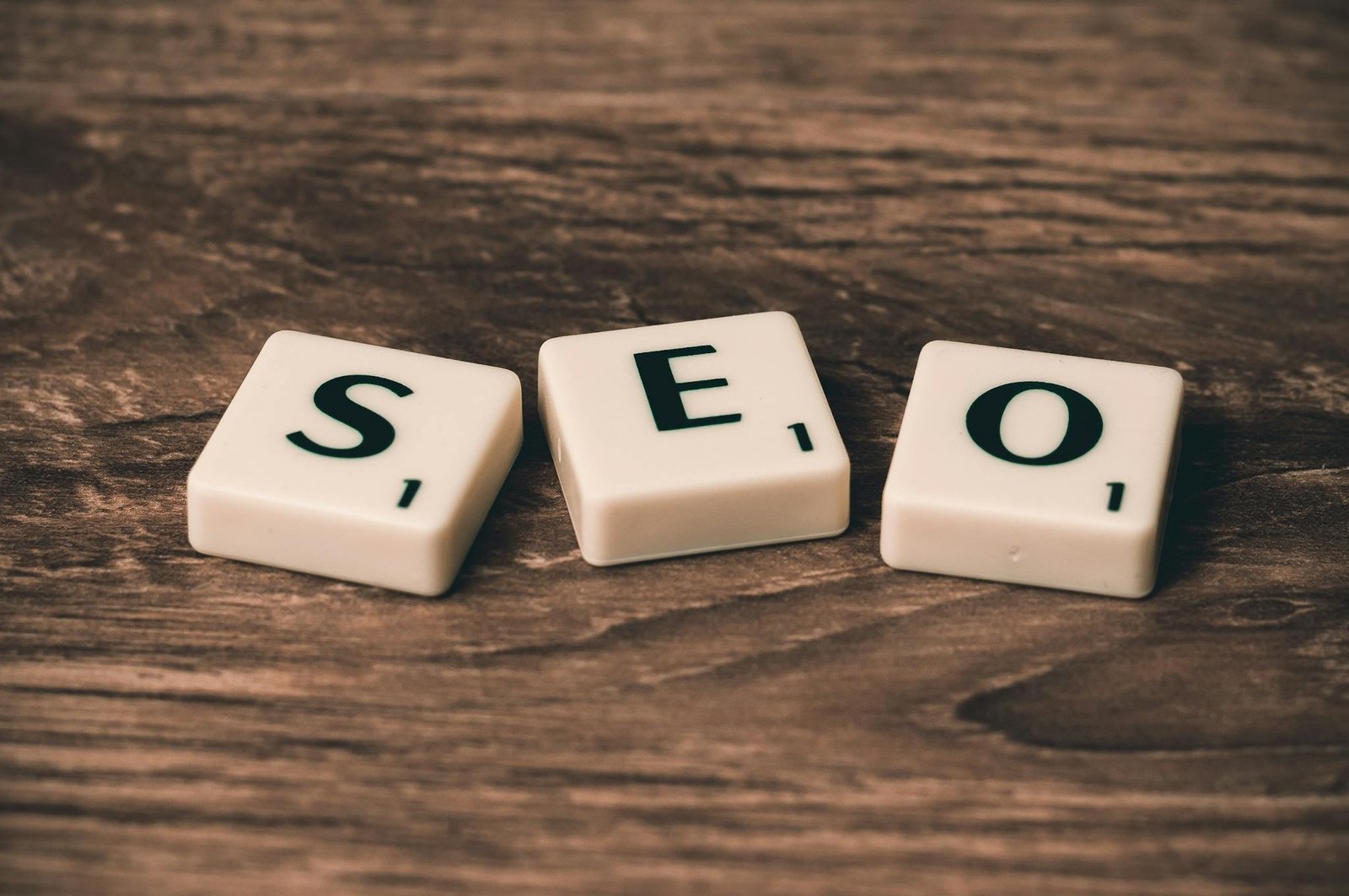What are the 7 major steps to designing website?
Table Of Contents
Testing and Quality Assurance
Once the design phase is completed, the crucial step of testing and quality assurance begins. Testing ensures that the website functions correctly across different devices and browsers. It involves checking all the elements such as links, forms, images, and content to ensure they work seamlessly and appear as intended.
Quality assurance plays a vital role in identifying any bugs, errors, or inconsistencies in the website. Thorough testing helps in ensuring a positive user experience by addressing any issues before the website is launched. It is essential to perform rigorous testing to guarantee that the website meets performance standards and provides users with a seamless browsing experience.
Perform CrossBrowser and Mobile Compatibility Tests
Cross-browser and mobile compatibility are crucial aspects of website design. Testing your website on multiple browsers and devices ensures a seamless user experience for all visitors. By conducting thorough cross-browser and mobile compatibility tests, you can identify any issues that may arise and address them before the site goes live.
Furthermore, with the vast array of devices and browsers available today, ensuring compatibility across different platforms is essential. By testing on various browsers such as Chrome, Firefox, Safari, and Edge, as well as different mobile devices like iPhones and Androids, you are able to guarantee that your website functions properly for all users. Prioritizing cross-browser and mobile compatibility testing ultimately leads to a more user-friendly and accessible website.
Launch and Optimization
After thorough testing and quality assurance checks, the next crucial step in website design is the launch and optimization phase. During this phase, it is important to focus on implementing SEO best practices to ensure the website is search engine friendly. By optimizing the website for search engines, it will have a greater chance of ranking higher in search results, driving more organic traffic to the site.
Additionally, performance optimization is key during the launch and optimization phase. This involves fine-tuning the website to ensure fast loading times and smooth user experience. By making sure the website is optimized for performance, visitors are more likely to stay engaged and explore the various pages, leading to higher conversions and a better overall user experience.
Implement SEO Best Practices and Performance Optimization
To ensure that your website is easily discoverable by search engines and ranks well in search results, it is crucial to implement SEO best practices and optimize its performance. This involves utilizing relevant keywords throughout your content, meta tags, and URLs, as well as creating high-quality, engaging content that is valuable to your target audience. By adhering to SEO guidelines, you can improve your website’s visibility and attract more organic traffic.
In addition to SEO practices, optimizing your website’s performance is essential for providing a seamless user experience. This includes optimizing images and videos for faster loading times, minifying CSS and JavaScript files, and ensuring that your website is mobile-responsive. By enhancing your website’s performance, you can not only improve user satisfaction but also boost your search engine rankings and overall online presence.
Maintenance and Updates
Maintenance and updates are crucial aspects of keeping a website running smoothly and efficiently. Regularly updating content not only keeps the website fresh and engaging for visitors but also improves its search engine rankings. Monitoring the website’s performance allows for timely identification and resolution of any issues that may arise, ensuring optimal functionality at all times.
In addition to content updates, technical maintenance is essential to address any bugs, security vulnerabilities, or performance issues. Regularly updating plugins, themes, and the website’s core software helps to safeguard against potential security threats and ensures that the website operates at peak performance. By staying on top of maintenance and updates, website owners can ensure a seamless user experience and maximize the effectiveness of their online presence.
Regularly Update Content and Monitor Website Performance
Regularly updating the content on your website is crucial for maintaining its relevance and keeping visitors engaged. By consistently refreshing your content with new information, products, or services, you can ensure that your website remains interesting and valuable to your audience. In addition to adding new content, it’s important to periodically review and revise existing content to correct any errors, update outdated information, and improve the overall quality of your website.
Monitoring your website’s performance is essential for identifying any issues that may be affecting its functionality or user experience. By regularly analyzing key performance metrics such as page load times, bounce rates, and conversion rates, you can pinpoint areas that need improvement and take action to optimize your website for better performance. Additionally, monitoring website traffic and user behavior can provide valuable insights into how visitors are interacting with your site, allowing you to make data-driven decisions to enhance the overall user experience.
FAQS
What is the first step in designing a website?
The first step in designing a website is to define the purpose and goals of the website.
Why is it important to perform cross-browser and mobile compatibility tests?
It is important to perform these tests to ensure that the website functions properly on different browsers and devices, providing a good user experience.
What is SEO and why is it important for website design?
SEO stands for Search Engine Optimization, which is important for website design to improve the website’s visibility on search engines and attract more organic traffic.
How often should content be updated on a website?
Content should be regularly updated to keep the website fresh and relevant to visitors, as well as improve search engine rankings.
Why is maintenance and updates important for a website?
Maintenance and updates are important to ensure the website remains secure, functional, and up-to-date with the latest technologies and trends.
Related Links
Website Design
How much does it cost to pay someone to design a website?
How can I design my own website?
How much does a typical website design cost?
